An outbreak of fungal meningitis. That’s the problem that University of Massachusetts Professor of Chemistry Dr. Scott Auerbach asked AP Integrated Science students to solve when he visited The Williston Northampton School on November 15.
As the students settled into groups of three and four, Auerbach outlined the grim statistics: 438 cases in 19 states with a death total of at least 32.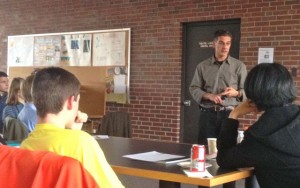
“Today’s goal is to understand the role science plays in making sense of understanding this outbreak,” Auerbach said. “Your job is to be Beth Bell, the director of the National Center for Emerging and Zoonotic Infectious Diseases.”
This was one problem that the students weren’t going to be able to solve by looking in the back of their textbook—and not being able to immediately find the solution is the point. When Science Department Chair Bill Berghoff put together the pilot program for the integrated science class, his aim was to encourage collaboration and scientific creative thinking.
“I’m really big into inquiry-based learning,” he said. “You have to do experiments, you have to do activities, to really understand what’s going on.”


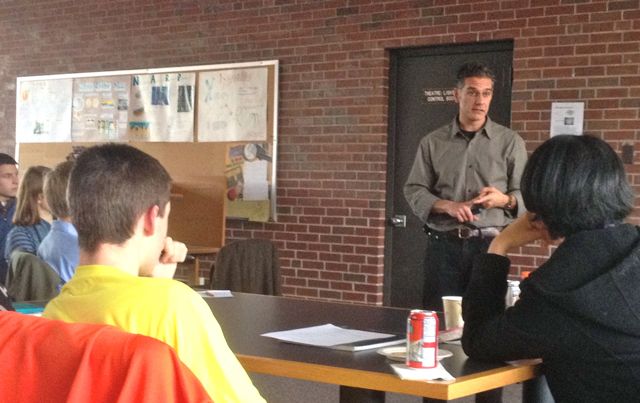




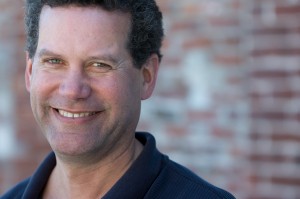 Chris Benfey described the pot as though it were an old friend. Made of red clay and with a type of glaze known as tobacco spit, the jug sat in his grandparent’s hallway next to the big, black telephone. At the top of the swooping handle was an indent where the potter had pressed his thumb like a signature.
Chris Benfey described the pot as though it were an old friend. Made of red clay and with a type of glaze known as tobacco spit, the jug sat in his grandparent’s hallway next to the big, black telephone. At the top of the swooping handle was an indent where the potter had pressed his thumb like a signature.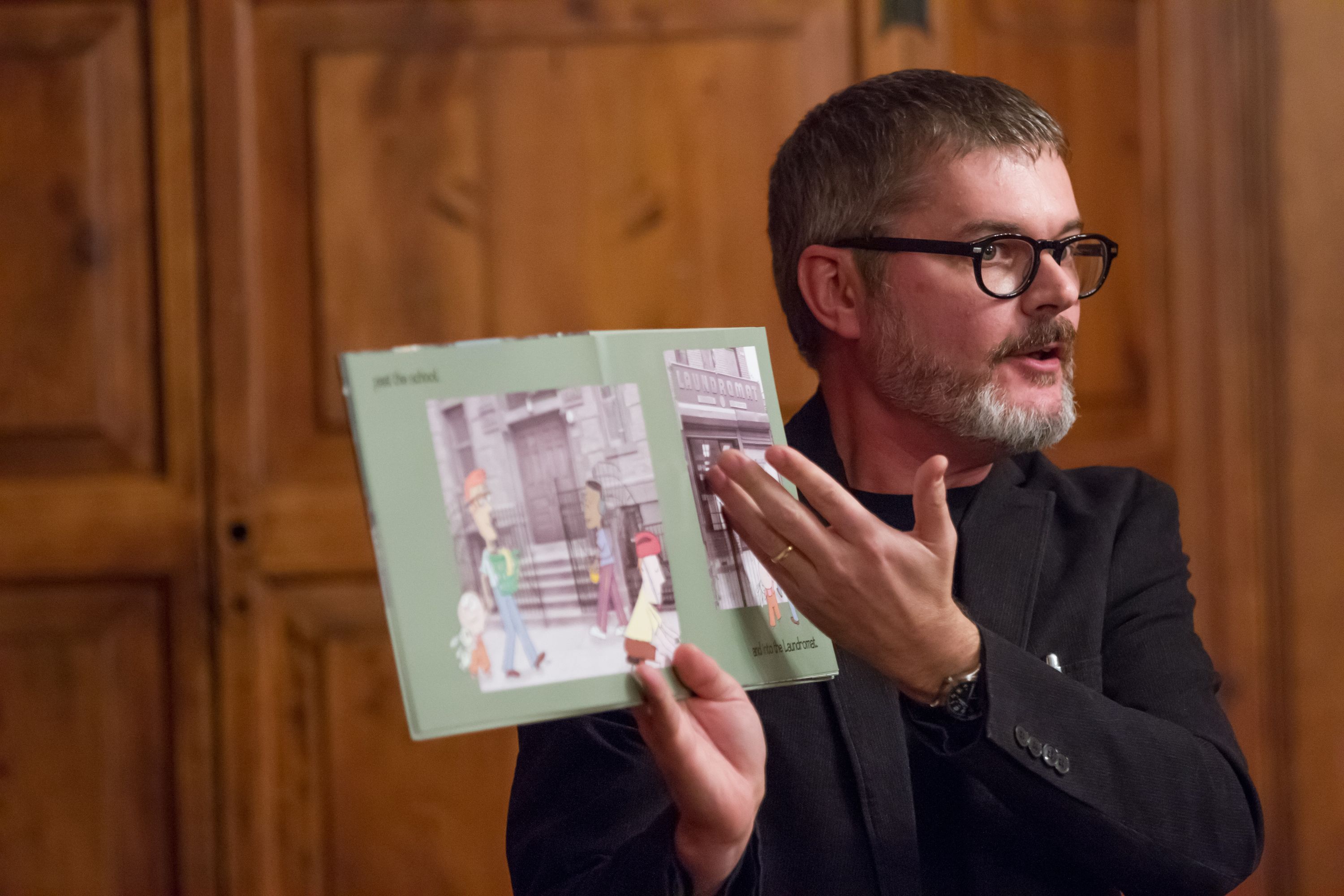
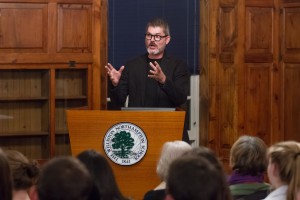 As the audience was settling into the Dodge Room on a cold November night, one mother suddenly turned to another and, pulling a slim book out of her bag, asked, “Which one did you bring?”
As the audience was settling into the Dodge Room on a cold November night, one mother suddenly turned to another and, pulling a slim book out of her bag, asked, “Which one did you bring?”